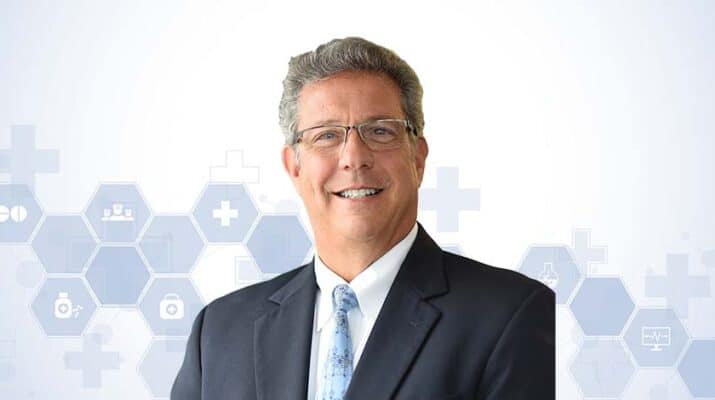By Brenda Alesii
Executive director of HEALTHeLINK’s explains why the merger with Population Health Collaborative will help improve the health of Western New Yorkers
Two organizations with a goal of focusing on health challenges and opportunities for improvement in Western New York have announced an affiliate agreement to address health equity issues in the region.
Driven by the opportunity for enhanced use of data, the merger brings together HEALTHeLINK, the health information exchange (HIE) for Western New York, and Population Health Collaborative (PHC), formerly known as the P2 Collaborative.
According to a news release, the organizations will build on HEALTHeLINK’s secure and reliable technology infrastructure for the timely and accurate electronic exchange of clinical information among Western New York health care providers and expand its services to include regional health improvement collaborative activities like the Live Well Western New York model that has been the focus of PHC.
Lancaster resident Dan Porreca, with more than 30 years of health care experience, has been at the helm of HEALTHeLINK since 2007. In Good Health recently spoke to Porreca, the executive director, about this new partnership.
Q: How does this partnership help the community, both in rural and urban populations?
A: With the two organizations focusing on hot spots where the challenges lie, we can leverage data to help identify the health equity issues that exist. HEALTHeLINK had partnered with PHC for over a decade on initiatives related to diabetes care, population health and practice transformation just to name a few; after many discussions we thought it made sense for a more formal relationship as our respective organizations are both working towards similar goals of improving health in our region. The clinical data alone does not create value; it is what’s done with the data to improve health while recognizing and working on social determinants of health in support of community-based organizations’ efforts. That’s what this transaction with PHC and more direct work with community-based organizations will enable us to do. Data is only as good as how you effectively use it.
Q: You are in the early phase of this collaboration. How would you characterize it so far?
A: It is fantastic. Everyone has a seat at the table, including patients, community- based organizations, doctors, behavioral health organizations, public health, hospital and health plan senior executives. We are not competing on data, but rather leveraging it for better outcomes.
Q: If there are certain diseases that are more prevalent than others in particular areas, do you separate, for instance, by zip code?
A: Our data allows us to be more discrete than relying on zip codes. We want to identify where issues exist; for example, hypertension, diabetes, other diseases that we can measure. That allows us to work with community organizations leading efforts to improve health to support the sustainability of programs and continued funding or the ability to find other revenue sources to combat these problems. With the support of our organizations’ boards, we can now leverage the strength of both and support the efforts that should result in improved health and health care for the community. The promotion of health equity is one of the key objectives of our combined organization.
Q: In the example reflecting the high incidence of diabetes, how do you use data to help people dealing with the disease?
A: We examine social determinants where hot spots exist. Is it a lack of access to healthy foods? Does it have something to do with insufficient housing? Could transportation issues affect the rate of the disease in these hot spots? Our job is to work with those who are attempting to solve these challenges and use data to see if we are on the right track. If things are working as expected, then great, if not there can then be a tweak to the approach to ensure that we achieve concrete results.
Q: Is that a metric you can track?
A: The value of HEALTHeLINK is unquestioned — we have done a number of studies that show the value. I know anecdotally that our work has made an impact when doctors tell me their patients are making better decisions. This has been backed up and verified by the studies that have been published. When people use our services, good things happen. It is gratifying.
Q: How is your organization funded?
A: We are a nonprofit; our funding comes from a few different sources: New York state, health plans and hospitals, and other revenue generating services.

